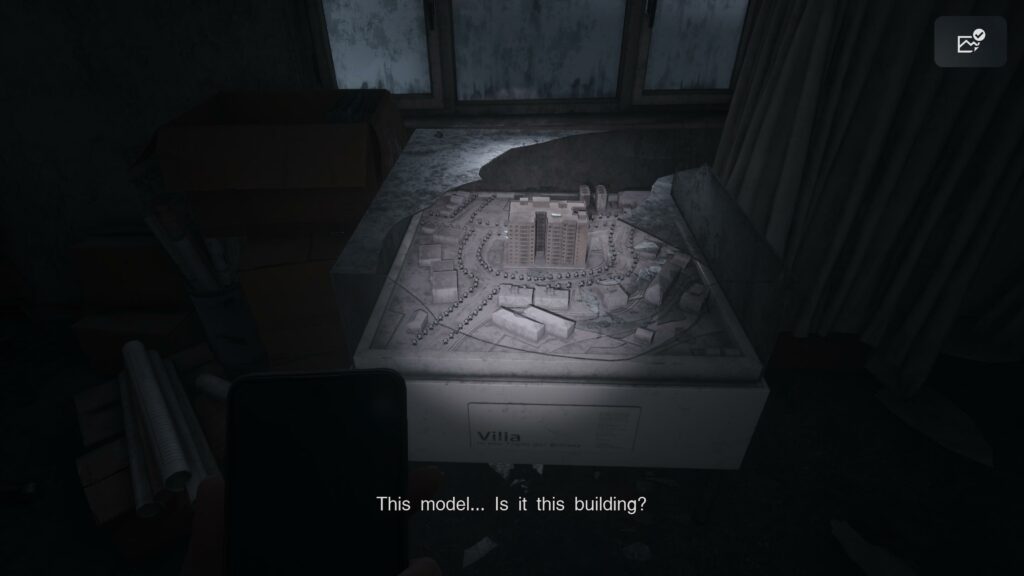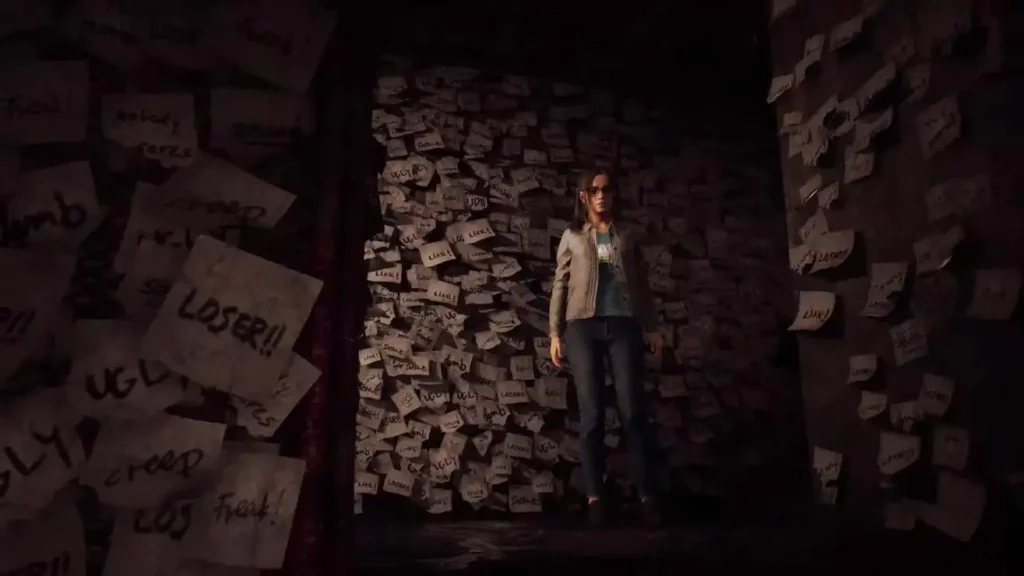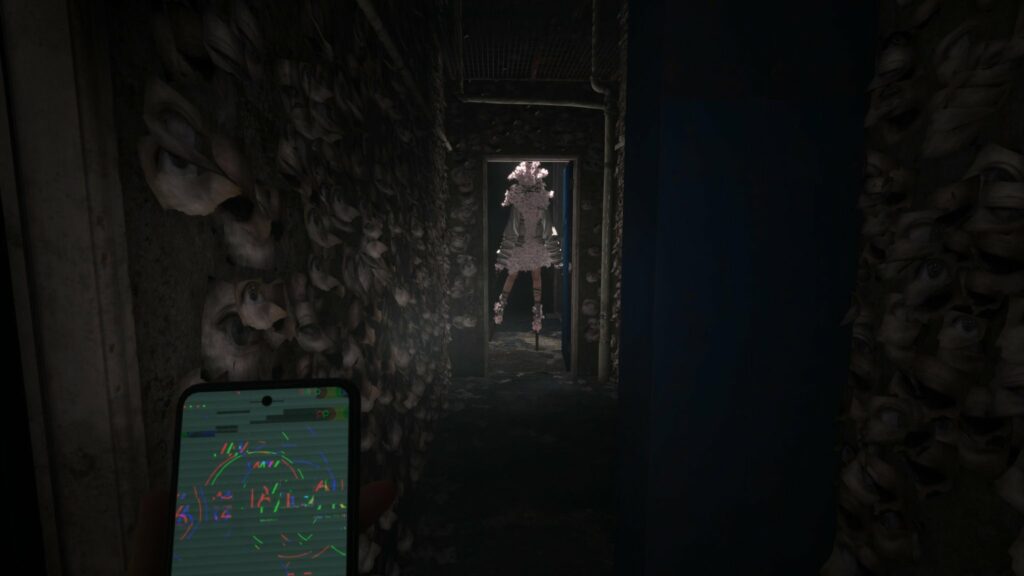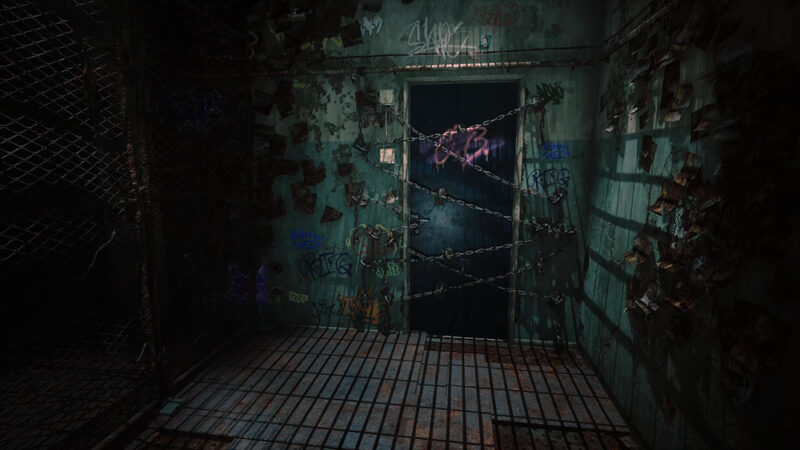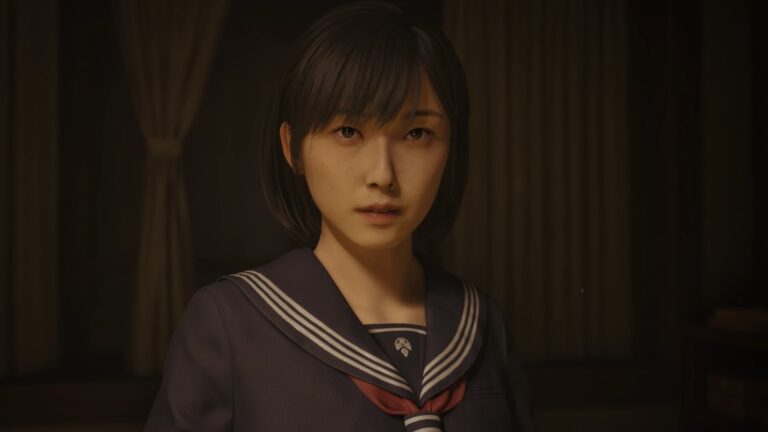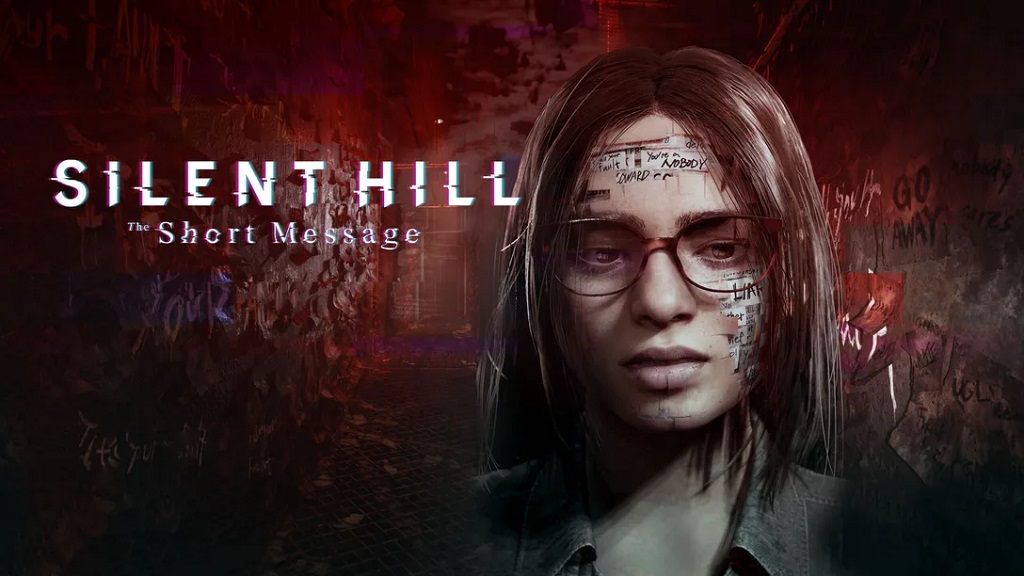
Since The Short Message is a significant release for the long-running Silent Hill series, we have gathered two different opinions on the game instead of just one. We hope you enjoy reading our different takes, and feel free to share your comments or discussion points on either review.
William’s Review:
Earlier this week, to everyone’s surprise, Konami officially released Silent Hill: The Short Message as a free-to-play title exclusively for the PS5 during Sony’s 2024 State of Play event.
The game was developed by Konami Digital Entertainment and Hexadrive Inc., a Japanese team known for creating the Parasite Eve sequel, The 3rd Birthday. The game also marks the return of original Silent Hill team members Masahiro Ito (Creature Design / Otherworld Design), Akira Yamaoka (Composer / Sound Designer), and Jeremy Blaustein (Localization).
Silent Hill: The Short Message is branded as “a new, short-form Silent Hill title,” and features a young, contemporary protagonist dealing with thoughts of suicide, self-harm, abuse, trauma, and bullying.
Following text messages from her friend Maya, a teenager named Anita finds herself at a crumbling apartment block, infamous for rumors of suicides. Drawn inside, Anita soon finds her sense of reality shattered as she encounters bizarre, otherworldly spaces, haunted by a twisted monster.
The Return of Psychological Horror
Far from the small, fog-bound resort town of the US, The Short Message takes place in the isolated European town of Kettenstadt, a place with a long history of economic failure and social decline. The impact of the COVID-19 pandemic is cited as one of the reasons for the town’s decline, as efforts to revitalize Kettenstadt failed to materialize after foreign investors pulled their funding. The town has also had to deal with an epidemic of teenage suicides at a rundown apartment complex called The Villa. This is where Anita has been summoned by her friend Maya to find her.
As with previous games in the Silent Hill series, the history of this town is inexorably linked with the personal stories and motivations of the characters. Establishing the history of the town helps to ground the story in reality. In this game, there is a focus on the unique pressures faced by teenagers. Social media and the compulsory need for validation are among several contemporary themes that are dealt with in the game. Establishing the history of the town helps to ground the story in reality.
See What Blossoms
The game took me roughly two hours to finish and I found it to be a thoroughly satisfying experience. It didn’t take long before I was immediately drawn into its world and vibe. It’s great to see a Japanese development team at the helm again. It makes a big difference.
I love the way the game establishes its own unique lore with the history of the town of Kettenstadt and the Villa apartments. Without giving away too much about the story, I also really enjoyed how its plot and themes tied in with the modern proliferation of what is dubbed the “Silent Hill Phenomenon.” This plot thread and how it’s presented may seem trivial at first, but its implications are far-reaching. It’s an inspired way of bringing the conceit of the series into the modern world by suggesting that the effect of the town of Silent Hill is metastasizing beyond its borders. I hope to see this idea further developed in future titles.
The game treats the delicate subject matter maturely and tastefully, while still being compelling and impactful. The development team tackles a modern problem and as a result, successfully advances the series forward.
Lost Memories
The game’s tone and camera perspective draw a lot of inspiration from PT and overall, the game is pretty liberal with its nods to its legacy. The game is played in a first-person perspective, with Anita using her phone as a flashlight to navigate and to text her friends. She explores the apartment complex looking for clues to her friend Maya’s whereabouts and gathers info on the history of the town in the form of notes, journals, and magazines she finds scattered throughout the area. Not only does this give us vital info and backstory on the surrounding environments but it also gives us insight into how Anita interprets this info and how events around town have affected her.
The bulk of the game’s playtime is spent exploring the apartments and diving deeper into the main character’s trauma in hopes of some kind of catharsis. Anita is trapped in a looping emotional purgatory, crippled by repressed trauma and feelings of guilt and anger.
Anita’s trauma manifests around her as verbal abuse from her mother, bullying from her schoolmates, and endless amounts of Post-it notes with taunts like “loser”, “crybaby”, and “I HATE you,” scribbled on them. The primary manifestation of her trauma is represented as a gaunt figure with pink cherry blossoms emanating from its extremities which hunts you down throughout the game.
Each chase sequence has you navigating an increasingly complex maze as you try to outrun the cherry blossom monster who’s rabidly trying to run you down. If it catches you, it’s an immediate death. There are lots of twists and turns in the mazes you encounter, and a lot of trial and error is involved. For the most part, these sequences were tense and breathless experiences, however, there were a few times when I was caught by the monster that felt a little cheap and undermined the effect of the horror.
Encounters with the cherry blossom monster are tense and frantic. The chase sequences with the monster are preceded by the game screen and Anita’s phone glitching out, foreshadowing the panic-inducing ordeal. These intense, fast-paced sequences punctuate the slower, exploratory sections. This dynamic creates a rhythm for players that alternates between calm and safe areas to tense and frantic ones, similar to the effect of the shifts from the normal world to the otherworld in the previous games.
Besides the exploration and chase sequences, the game also features live-action segments that flesh out Maya’s character, a graffiti artist who uses the Villa apartments as her canvas and respite from the stresses of daily life. Cherry blossoms are a prominent feature in her art as a symbol of change and rebirth. Anita must find the connection between the paintings she discovers and the monster hunting her.
Final Thoughts
Silent Hill: The Short Message feels like a bold, fresh start for a series that has grown stagnant and burdened by the weight of its own legacy. Most importantly, it feels like an authentic Silent Hill game that nails the tone and vibe of the series while still retaining its own voice. It deals with its serious subject matter in a tasteful, mature way, and by doing so, pushes the series into a more contemporary, and as a result, compelling space.
The first-person gameplay, while simple, efficiently and effectively compliments the intimate nature of the story. While I don’t want all SH games to follow this specific formula, I think it’s a perfect fit for this type of game. I highly recommend this game to all fans of the series. It’s a fully satisfying experience and a great way to kick off the return of a long-neglected franchise.
Silent Hill: The Short Message is available now for free exclusively on the PlayStation 5.
 (9 / 10)
(9 / 10)
Amazing
 (9 / 10)
(9 / 10)Rely on Horror Review Score Guide
Steve’s Review:
To nearly everyone’s surprise, the modern revival of Konami’s classic Silent Hill game franchise didn’t kick off with the sure-bet, heavy hitter of the Silent Hill 2 remake that fans have been clamoring about for the last two decades, but instead with this new, short-form game titled Silent Hill: The Short Message. Rumors about The Short Message have been floating around for a few years, but nothing was officially said about the game until yesterday when it was announced and released simultaneously.
The Short Message is free-to-play and appears to serve as a marketing teaser for the relaunch of the series that was announced last year. Therefore, I’ll judge it based on the fact that it is a free-to-play game and is intended as a mood piece to introduce the masses to what Konami’s expanded franchise may have in store for the future.
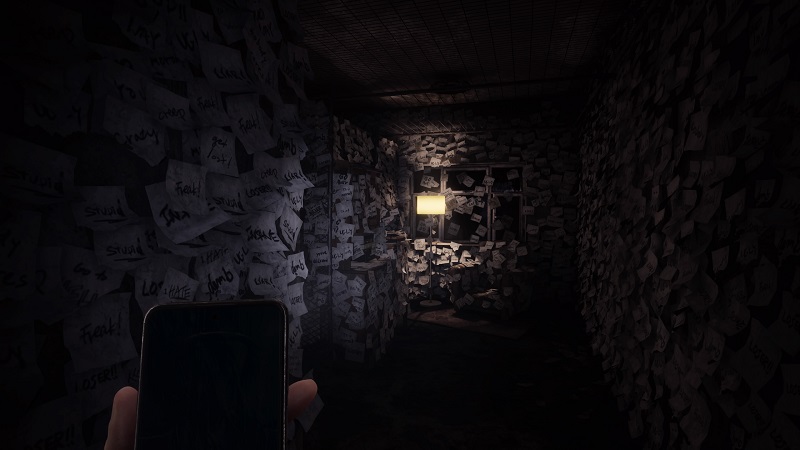
Contemporary Psychological Horror
Since William’s review already covered the basics of the story and setting, I’ll dive into more specific thoughts first, starting with the story and themes. The Short Message is a game that covers very heavy and complex modern topics involving mental health and trauma with its main topics being things like child abuse, bullying, generational trauma, the toxic effects of social media, effects of the pandemic on mental health, and a heavy focus on self-harm and suicide.
While the game may not be the most nuanced and may not dive extremely deep into every one of its topics, it approaches each of them in a way that feels mature, respectful, and impactful. I can’t say the same for most modern video games that attempt to tackle these kinds of topics, where many fall into bashing you over the head with no tact or nuance whatsoever or giving the safe, Disney-fied version of these topics. These pitfalls or shortcomings that many modern games have tend to break some of the immersion that makes the coverage of those topics powerful and poignant, but The Short Message managed to keep the immersion strong the whole time.
The mixing of various types of media was an interesting choice here, with the video game exploration and chase segments combined with the cell phone usage, reading of documents, and some live-action footage all generally managing to feel well-crafted and immersive for the most part. One small exception was with some of the live-action segments, where it’s very clear they were made by a Japanese team with Japanese actors, and some moments within them cross the line into the all-too-melodramatic tone that much of Japan’s media falls into far too often.
These moments made it feel like I was watching a tropey anime or TV drama show for moments at a time, but thankfully these moments were generally few and far between. It also would’ve been nice to have a little more consistency as far as language goes, since the game is supposed to take place in Europe, but the live-action actors are clearly speaking Japanese, and the voice dubbing to other languages creates a bit of a disconnect when it fails to sync up to the mouth movements as much as it does here.
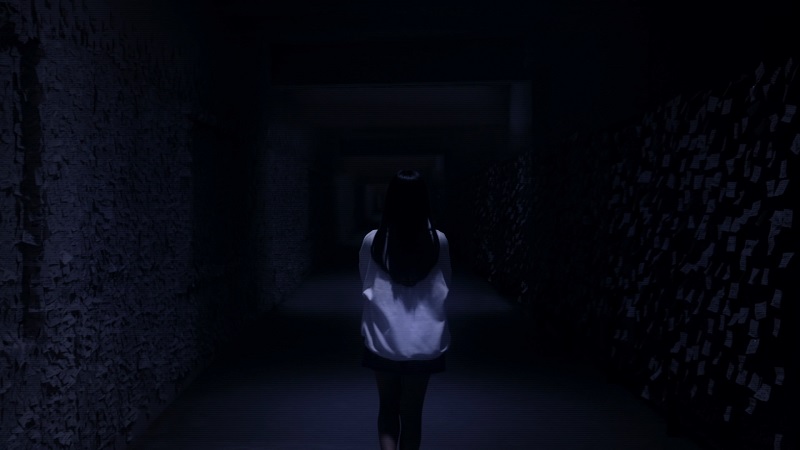
Audio and Visual:
With series veterans Masahiro Ito and Akira Yamaoka back on board here, The Short Message manages to have a aesthetic that’s just slightly reminiscent of the previous entries in the series, but doesn’t encroach on member-berries or just aping the previous games. It manages to forge something of its own with just a hint of the series’ history somewhere in there.
The visual design of the creature and environment feels contemporary and striking, and also manages to avoid feeling too much like any other modern horror game in particular, which feels refreshing in the current over-saturated first-person horror market. The visual design elements feature lots of interesting themes, including those that center around the decay of an urban environment mixed with ideas from the real-life “ghost cities” around the world, lots of graffiti art, themes of teenagers and parents as scary monsters, and the sticky notes with nasty messages posted en masse around the game.
On the audio side, the music was never anything particularly special or unique, but generally fit the scenes well and just accented the storytelling. However, the sound design during the chase scenes made those scenes very appropriately terrifying, but again, did not sound much like the Silent Hill games of old.
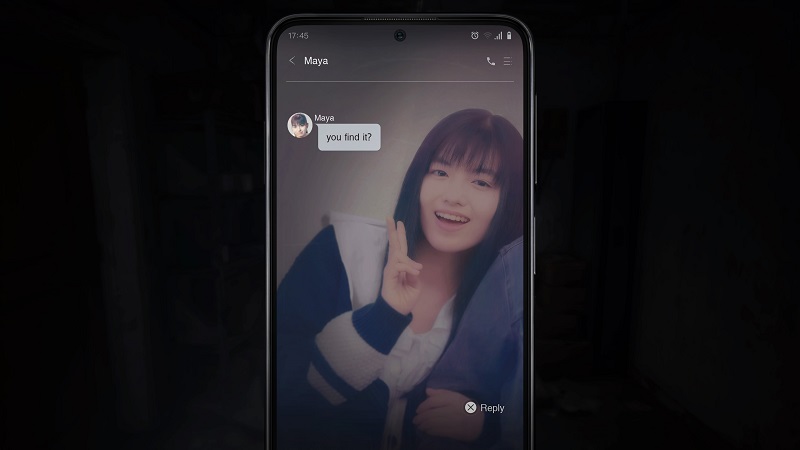
Gameplay and Controls:
The gameplay in The Short Message largely consists of what many would call first-person “walking sim” segments, and the controls in these segments are fairly typical of what you’d expect from these types of games, with no real gripes to be had there. Not being the biggest fan of first-person perspective myself, especially in modern horror games where 90% of the games within the genre released to the market nowadays use that same perspective and follow most of the same tropes, The Short Message managed to make itself stand out among the crowd a bit and it didn’t bother me much.
The chase scenes managed to be consistently extremely tense and generally pretty satisfying once you figure out what you’re supposed to be doing, but there were a small handful of times when getting stuck on the edge of a wall that’s barely even visible caused some extra deaths and frustration that feel like they could’ve been easily avoided if the coding was a bit cleaner. There are a few puzzles here and there throughout the experience, and one chase segment towards the end that had actual sub-objectives required to complete it, which did get a bit tedious with several retries, but didn’t last all that long.
The game ends up being around two hours total, which felt like a nice and concise trip back into something that feels slightly familiar, but also doesn’t rely on its legacy or rest on its laurels too much, and doesn’t overstay its welcome, which was relieving, given the pedigree and series involved here.
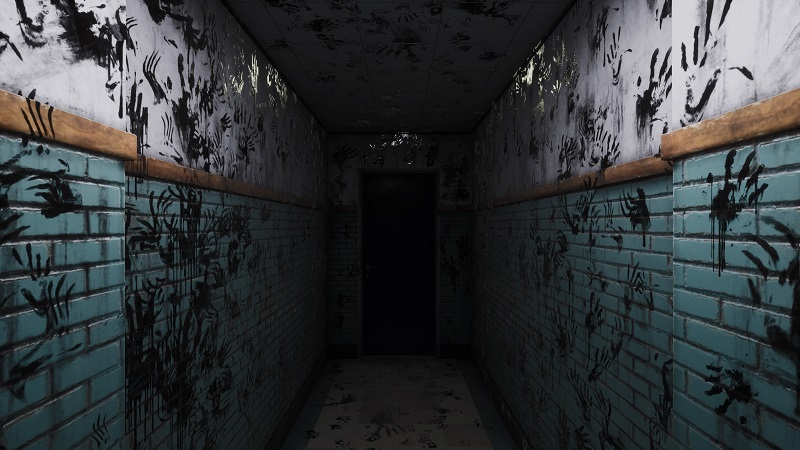
Final Thoughts:
The Short Message is a short and satisfying modern take on the classic themes of Silent Hill, and overall feels quite solid, especially since it’s free. I’d definitely encourage any fans of the series with a PS5 to check it out. It may not necessarily blow you away or change your life, but it does manage to hold its own and signal a decent return to a series that hasn’t had a proper entry in twelve years.
Kudos to the teams involved for getting this out in the world and managing to release a game that feels fresh in the modern market and has such a positive message regarding mental health and seeking help when you need it. Echoing what William said, I do hope the other upcoming games in the series manage to diversify themselves more and try other gameplay styles as they continue to explore similar themes.
 (8 / 10)
(8 / 10)
Great
 (8 / 10)
(8 / 10)

